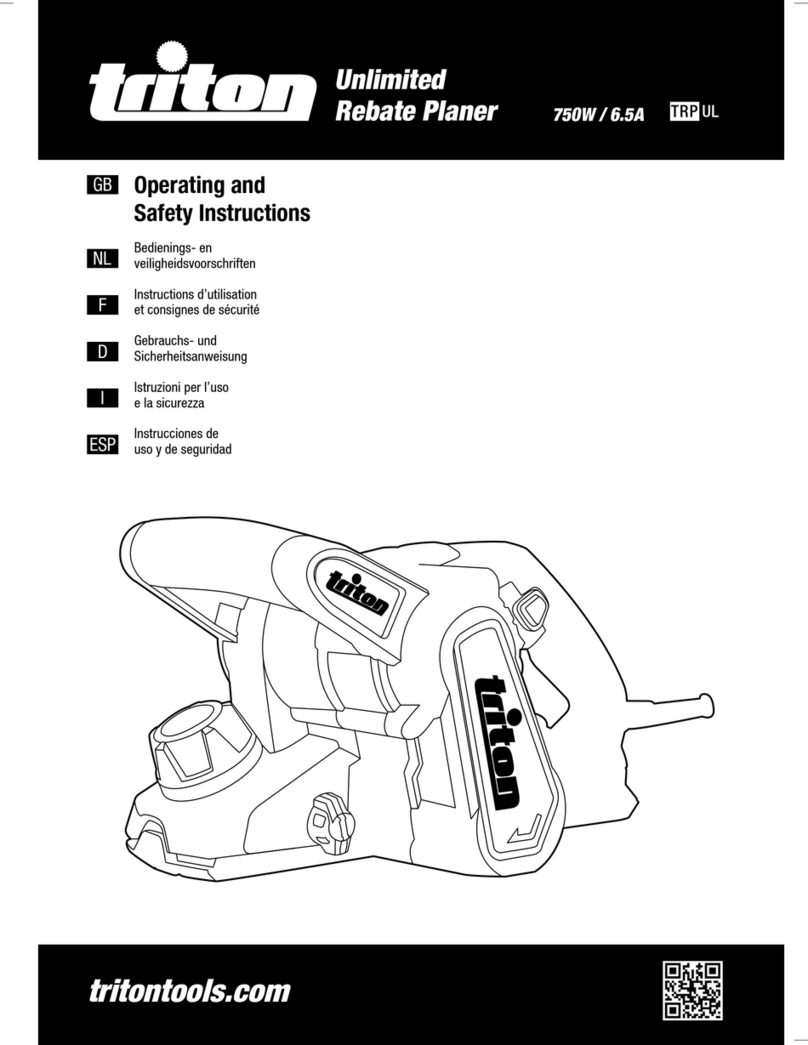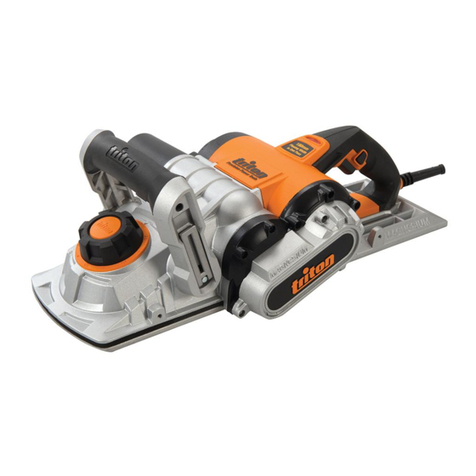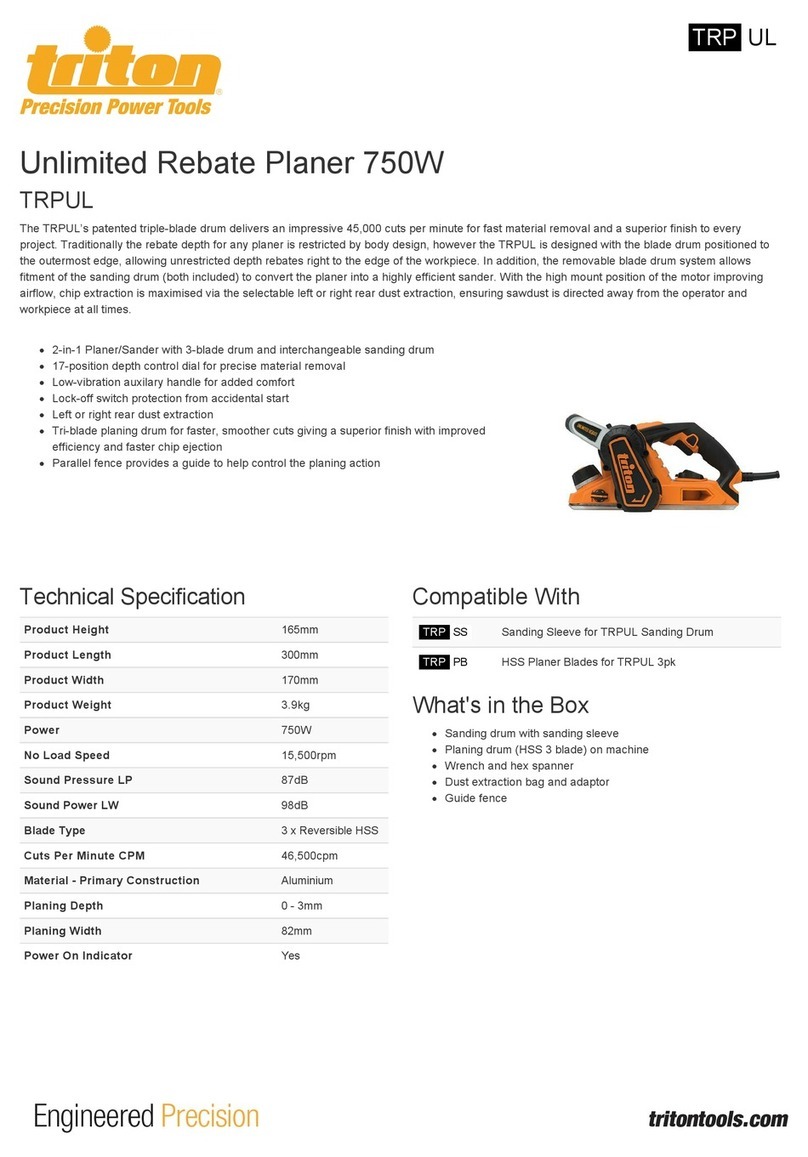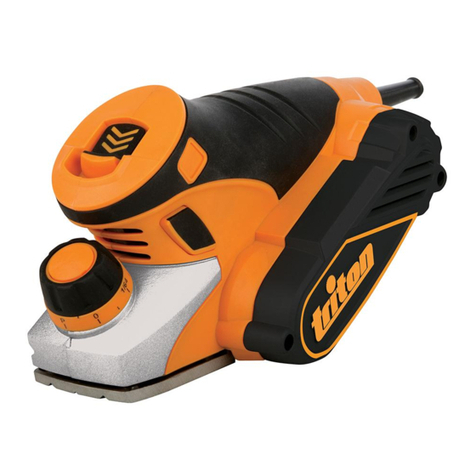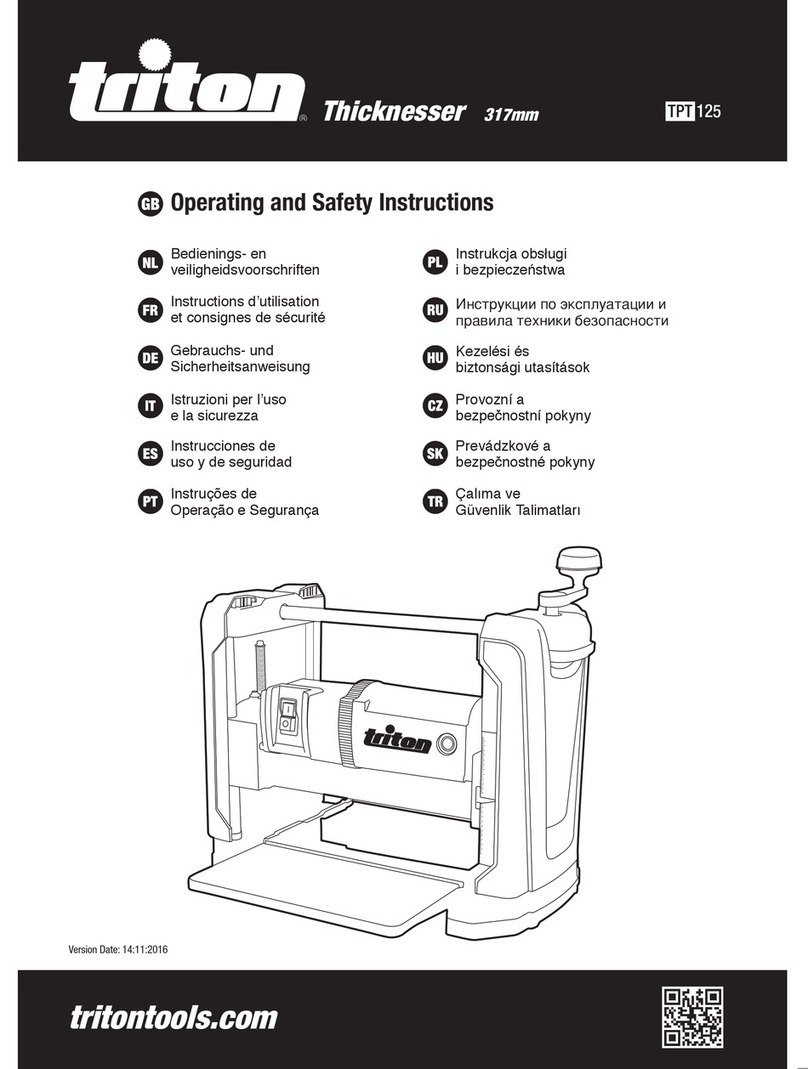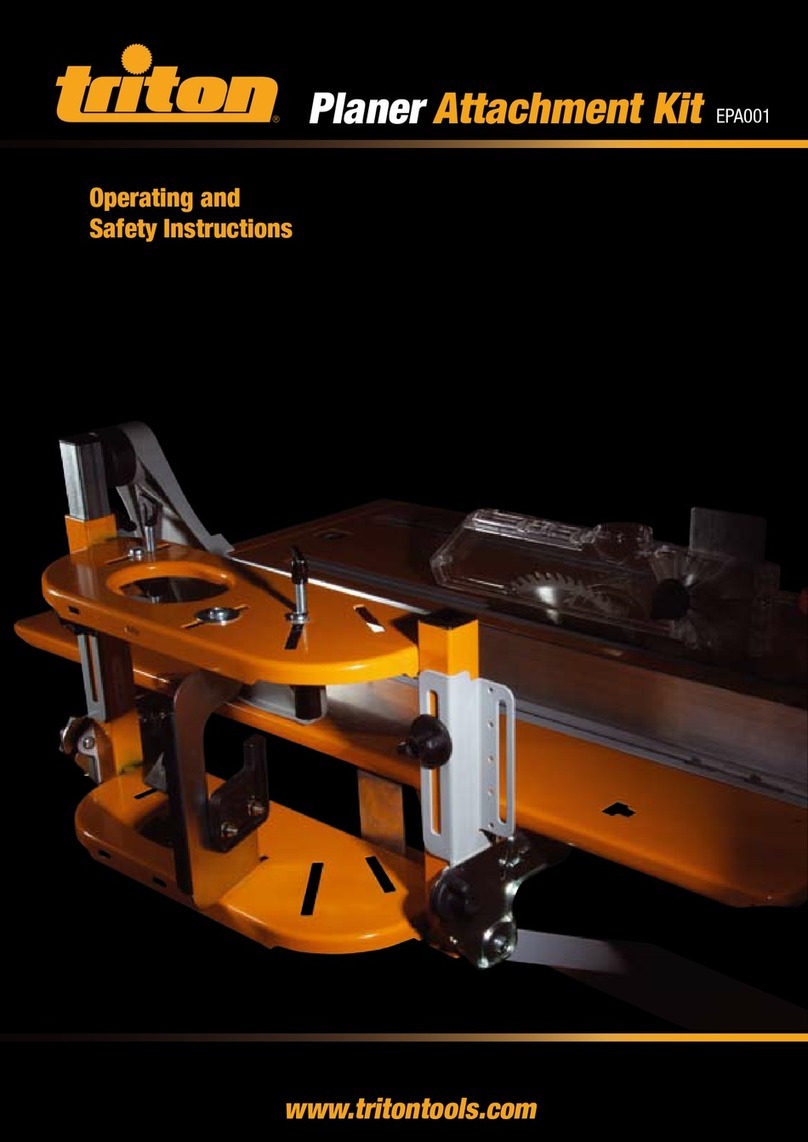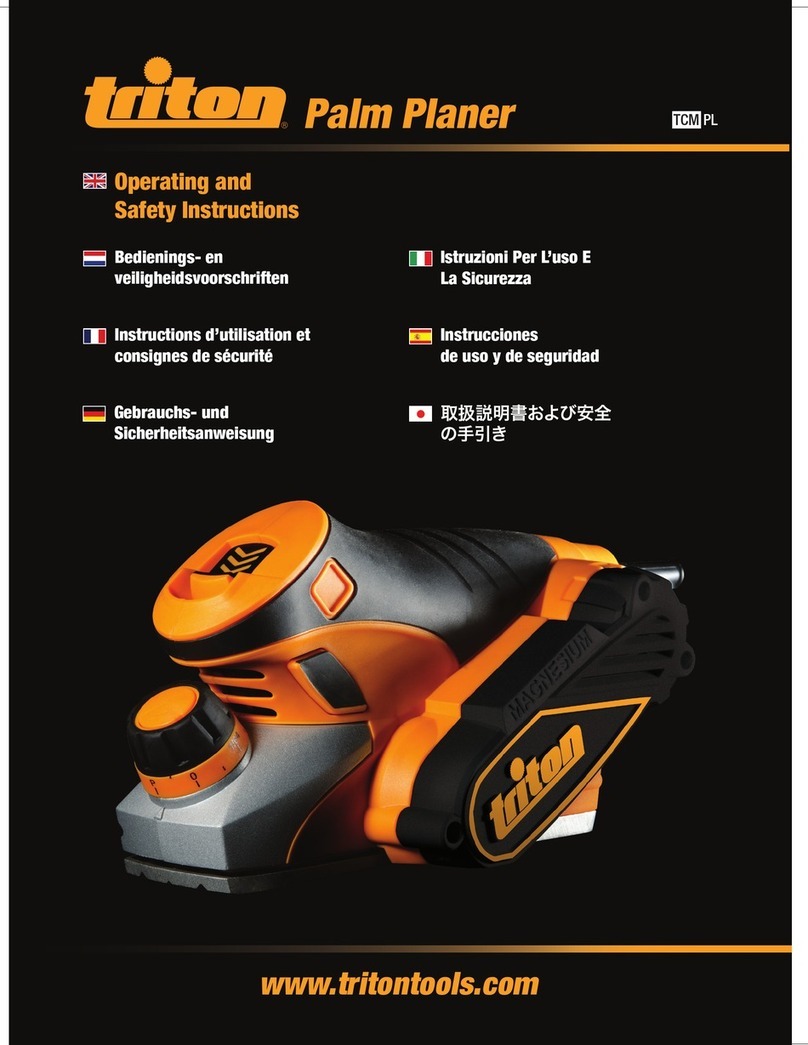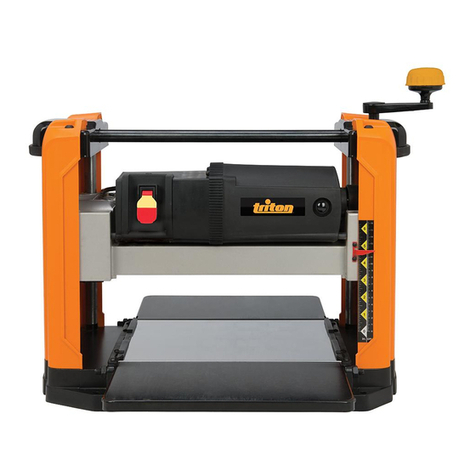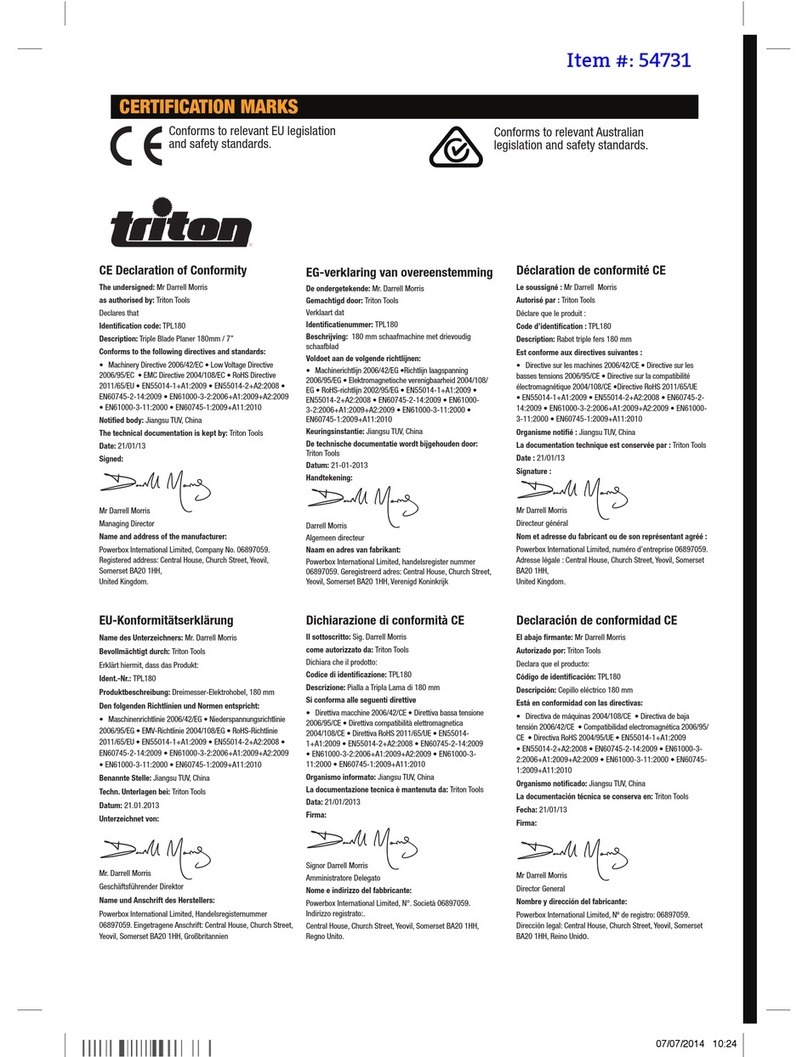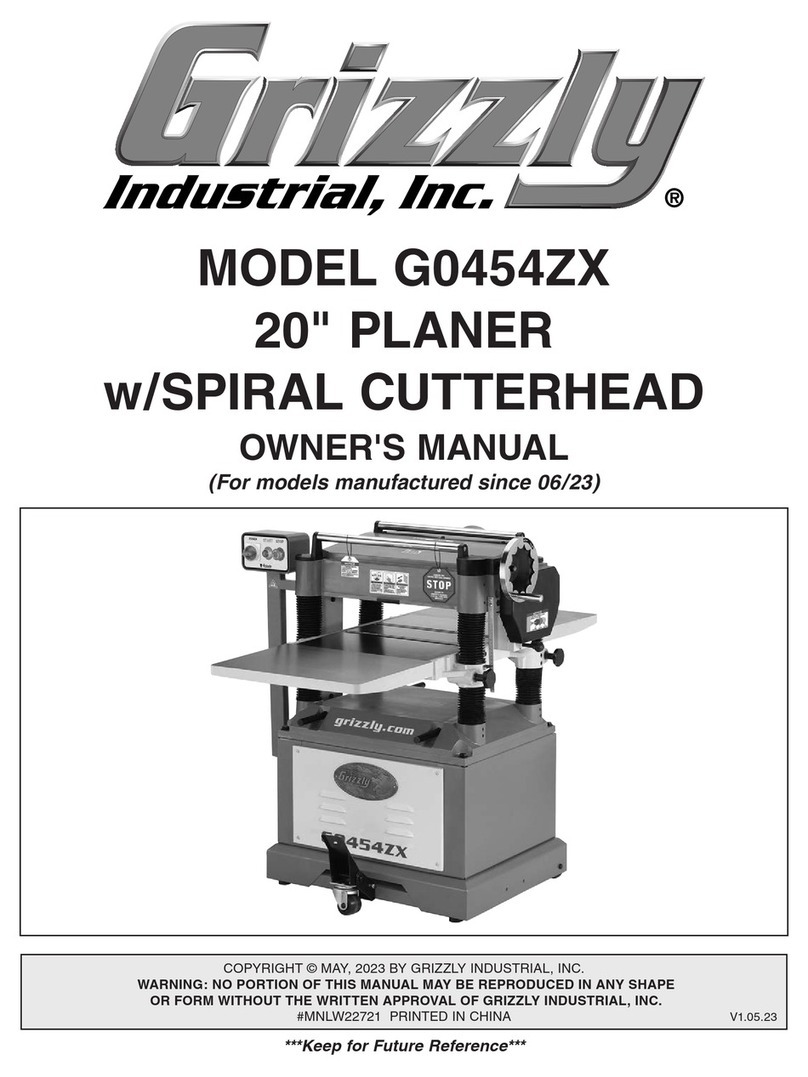
10
EN
VVolts
~, a.c. Alternating current
A, mA Ampere, milli-Amp
n0 No load speed
Nm Newton metres (torque)
psi Pounds per square inch
°Degrees
Hz Hertz
W, kW Watt, kilowatt
/min or min-1 Operations per minute
rpm Revolutions per minute
dB(A) Decibel sound level (A weighted)
Technical Abbreviations Key
Wear hearing protection
Wear eye protection
Wear breathing protection
Wear head protection
Wear hand protection
Read instruction manual
DO NOT use in rain or damp environments!
Always disconnect from the power supply when adjusting, changing accessories,
cleaning, carrying out maintenance and when not in use!
WARNING: Moving parts can cause crush and cut injuries.
Do not touch the blades before the machine is disconnected from the supply and
the blades have come to complete stop.
Class I construction (protective earth)
Environmental Protection
Waste electrical products should not be disposed of with household waste.
Please recycle where facilities exist. Check with your local authority or retailer
for recycling advice.
Conforms to relevant legislation and safety standards.
Caution!
Be aware of kickback!
For indoor use only!
Dust extraction required or recommended
WARNING
LIFTING HAZARD
Single Person Lift could cause injury
Use assistance when moving or lifting
WARNING: This product is heavy and as a precaution it is advised that two people
assemble the tool.
Description of Symbols
The rating plate on your tool may show symbols. These represent important information about
the product or instructions on its use.
Thank you for purchasing this Triton product. This manual contains information
necessary for safe and effective operation of this product. This product has unique
features and, even if you are familiar with similar products, it is necessary to read this
manual carefully to ensure you fully understand the instructions. Ensure all users of
the product read and fully understand this manual.
Original Instructions
Introduction
Specification
Model: TSPL152
Voltage: 230V~50/60Hz
Power: 1100W
No load speed: 8000min-1
Max planing depth: 0-3.2mm
Planing width: 0-152.4mm
Table size 771 x 260 x 70.7mm
Fence angle range: 45-135°
Protection class:
Ingress protection: IP20 / IP54 switch
Power cord length: 2m
Dimensions (L x W x H): 965 x 505 x 315mm
Weight: 25.4kg
As part of our ongoing product development, specifications of Triton products may
alter without notice.
Sound & vibration information
Sound pressure LPA 94.3dB(A)
Sound power LWA 107.3dB(A)
Uncertainty K 3dB
The sound intensity level for the operator may exceed 85dB(A) and sound protection
measures are necessary.
350767/850827_Manual.indd 10 13/02/2020 10:09
